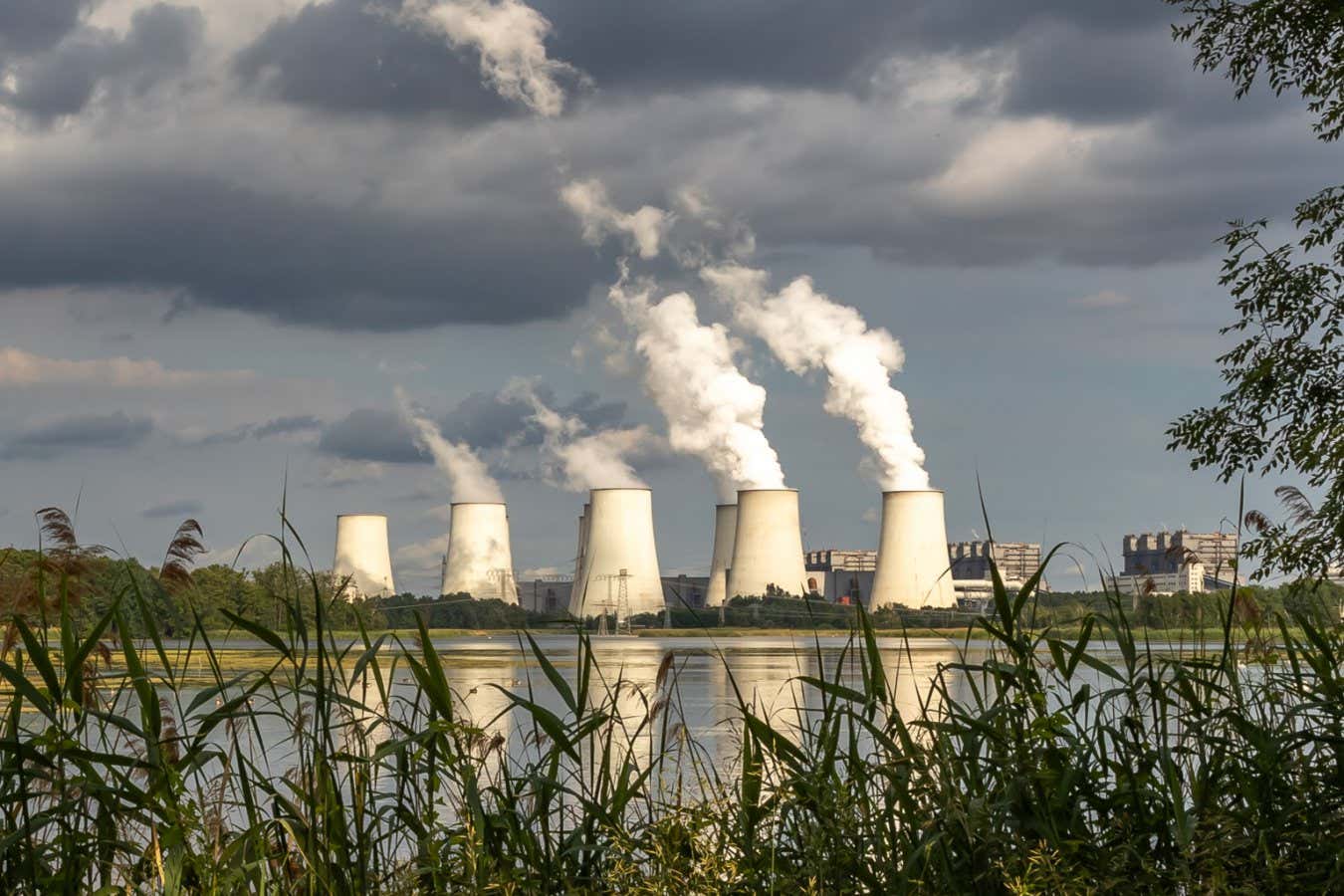Satellite data suggests cloud darkening is responsible for much of the warming since 2001, and the good news is that it is a temporary effect due to a drop in sulphate pollution
By Michael Le Page
14 July 2025
Sulphate pollution, which has a cooling effect, can come from coal power plants
Frank Herrmann/Getty Images
Clouds have been getting darker and reflecting less sunlight as a result of falling sulphate air pollution, and this may be responsible for a lot of recent warming beyond that caused by greenhouse gases.
“Two-thirds of the global warming since 2001 is SO2 reduction rather than CO2 increases,” says Peter Cox at the University of Exeter in the UK.
Read more
The ocean is losing its ability to store heat as the planet warms up
Some of the sunshine that reaches Earth is reflected and some is absorbed and later radiated as heat. Rising carbon dioxide levels trap more of that radiant heat – a greenhouse effect that causes global warming. But the planet’s albedo – how reflective it is – also has a big influence on its temperature.
Since 2001, satellite instruments called CERES have been directly measuring how much sunlight is reflected versus how much is absorbed. These measurements show a fall in how much sunlight is being reflected, meaning the planet is getting darker – its albedo is falling – and this results in additional warming.
There are many reasons for the falling albedo, from less snow and sea ice to less cloud cover. But an analysis of CERES data from 2001 to 2019 by Cox and Margaux Marchant, also at Exeter, suggests the biggest factor is that clouds are becoming darker.
